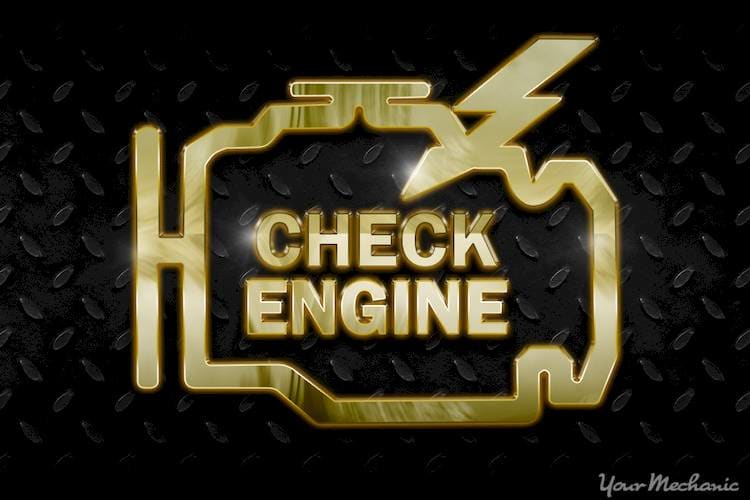P2629 code definition
The P2629 trouble code detects a problem with the voltage signal from the oxygen sensor pumping current trim circuit of sensor 1 in bank 2.
What the P2629 code means
P2629 is a standard OBD-II trouble code for the oxygen sensor pumping current trim circuit, for a specific bank (bank 2, which is the engine bank that does not have the number 1 cylinder) and sensor (1, the upstream sensor). When the oxygen sensor pumping current trim circuit sends a voltage signal to the powertrain control module (PCM) that deviates by more than 10 percent from the standard output, the P2629 code is triggered. This keeps the PCM from sending the correct air and fuel ratios to the engine.
What causes the P2629 code?
The P2629 trouble code can be triggered by a few different things:
- Malfunctioning oxygen sensor
- Damaged electrical connectors, faulty wiring, or blown fuses in the oxygen sensor
- Vacuum leak in the engine
- Leak from the exhaust system
- Fuel pressure that is far too low or high
- In rare cases, a malfunctioning PCM
What are the symptoms of the P2629 code?
When the P2629 trouble code is triggered, the Check Engine Soon Warning Light on the instrument panel will usually be illuminated. The vehicle may also experience worse fuel efficiency, while the engine may run too lean or too rich. The tailpipe is liable to produce extremely dark exhaust.
How does a mechanic diagnose the P2629 code?
The P2629 code will be diagnosed using a normal ODB-II trouble code scanner. A trained technician will observe the freeze frame data from the trouble code scanner to assess the P2629 code and search for additional trouble codes. The mechanic will then reset the trouble codes, restart the vehicle, and take the car for a short test drive to see if the codes resurface. If the trouble codes do not return, the P2629 code was likely be triggered erroneously, though this may suggest a problem with wiring.
If the P2629 code remains, the mechanic will search for issues in and around the oxygen sensor. The connectors, wires, and fuses around the sensor will be checked for damage, and then the sensor will be inspected to see if it is faulty. If no problems are noted with the oxygen sensor, a more thorough inspection will be necessary.
If the oxygen sensor or its components are faulty, the pieces will be replaced, the codes will be reset, and the vehicle will be restarted.
Common mistakes when diagnosing the P2629 code
The most frequent mistake made when diagnosing the P2629 code comes from a failure to follow proper OBD-II trouble code diagnosis protocol. Mechanics should always follow the correct protocol step-by-step to assure that they find the correct issue.
One common mistake comes from simply replacing the oxygen sensor without an inspection to see what the issue may actually be. Mechanics should never assume that the P2629 trouble code means that the upstream oxygen sensor is the problem.
How serious is the P2629 code?
A vehicle with the P2629 code can still be driven. However, the engine will not run properly, as the fuel may be running too rich or too lean. If the car is driven for too long under this condition, serious damage can occur.
What repairs can fix the P2629 code?
The most common fixes for the P2629 code include:
While the P2629 trouble code directly deals with the upstream trouble code, the downstream trouble code can also be part of the issue.
Need help with a P2629 code?
YourMechanic offers certified mobile mechanics who will come to your home or office to diagnose and repair your vehicle. Get a quote and book an appointment online or speak to a service advisor at 1-800-701-6230.
Check Engine Light
trouble codes
P2629





